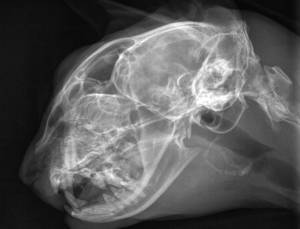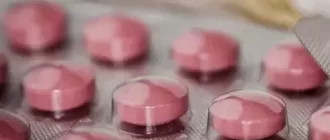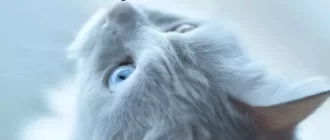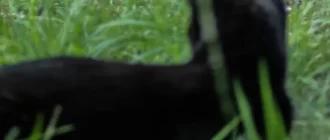Cataracts are a common eye condition in cats that can cause a clouding of the lens, leading to reduced vision or blindness. It can develop as cats age or as a result of certain health conditions or injuries.
Signs and symptoms of cataracts in cats
- Cloudy or hazy appearance in the eye
- Decreased or blurry vision
- Changes in behavior, such as increased clumsiness or difficulty navigating familiar areas
- Eye redness or irritation
- Squinting or excessive blinking
The importance of early detection and diagnosis
Early detection and diagnosis of cataracts in cats are crucial for successful treatment. Regular check-ups with a veterinarian and monitoring your cat’s behavior and eye health can help identify cataracts at an early stage.

Cataract surgery options for cats
Cataract surgery is the primary treatment option for cats with significant vision loss due to cataracts. The two main types of cataract surgery for cats are:
- Phacoemulsification: In this procedure, the cloudy lens is broken up using ultrasound waves and suctioned out of the eye. An artificial lens is then implanted in its place.
- Extracapsular extraction: This technique involves removing the lens while leaving the back capsule intact. An artificial lens may not be implanted with this method.
Cost of the surgery
The cost of cataract surgery for cats can vary depending on several factors, including the severity of the cataract, the surgical technique used, and the location of the veterinary clinic. On average, cataract surgery for cats can range from $1,500 to $4,000.
| Clinic Name | Location | Cost of Cataract Surgery |
|---|---|---|
| Animal Care Clinic | New York | $1,500 – $2,000 |
| Pet Health Center | Los Angeles | $2,000 – $2,500 |
| Healthy Paws Vet | Chicago | $1,800 – $2,200 |
| City Vet Clinic | Houston | $1,600 – $2,100 |
| Happy Paws Animal Hospital | Atlanta | $1,700 – $2,300 |
The pre-surgery process and what to expect
Before the cataract surgery, your cat will undergo a comprehensive eye examination, including vision testing and measurements of the eye’s structure. Your veterinarian may also recommend blood tests and other diagnostic procedures to ensure your cat is a suitable candidate for surgery.
What happens during the procedure
- Your cat will be placed under general anesthesia to ensure comfort and safety during the surgery.
- The surgeon will make a small incision in the cornea to access the lens.
- The cloudy lens will be removed using either the phacoemulsification or extracapsular extraction technique.
- An artificial lens may be implanted in the eye, depending on the surgical technique and your cat’s visual needs.
- The incision will be closed using sutures or surgical glue.
Post-surgery care and recovery
- Your cat may need to wear an Elizabethan collar to prevent them from scratching or rubbing their eyes.
- Eye drops or medications may be prescribed to prevent infection and reduce inflammation.
- Your veterinarian will schedule follow-up appointments to monitor your cat’s progress and ensure proper healing.
Common risks and complications
- Infection
- Swelling or inflammation of the eye
- Delayed healing
- Glaucoma
- Retinal detachment
Success rates and long-term outcomes of cataract surgery in cats
Cataract surgery in cats has a high success rate, with the majority of cats experiencing improved vision following the procedure. However, the long-term outcomes can vary depending on the individual cat and any underlying health conditions.
Cataract surgery can significantly improve your cat’s quality of life by restoring their vision and reducing discomfort. If you suspect your cat may have cataracts, it is important to bring them to a veterinarian for a proper diagnosis.





